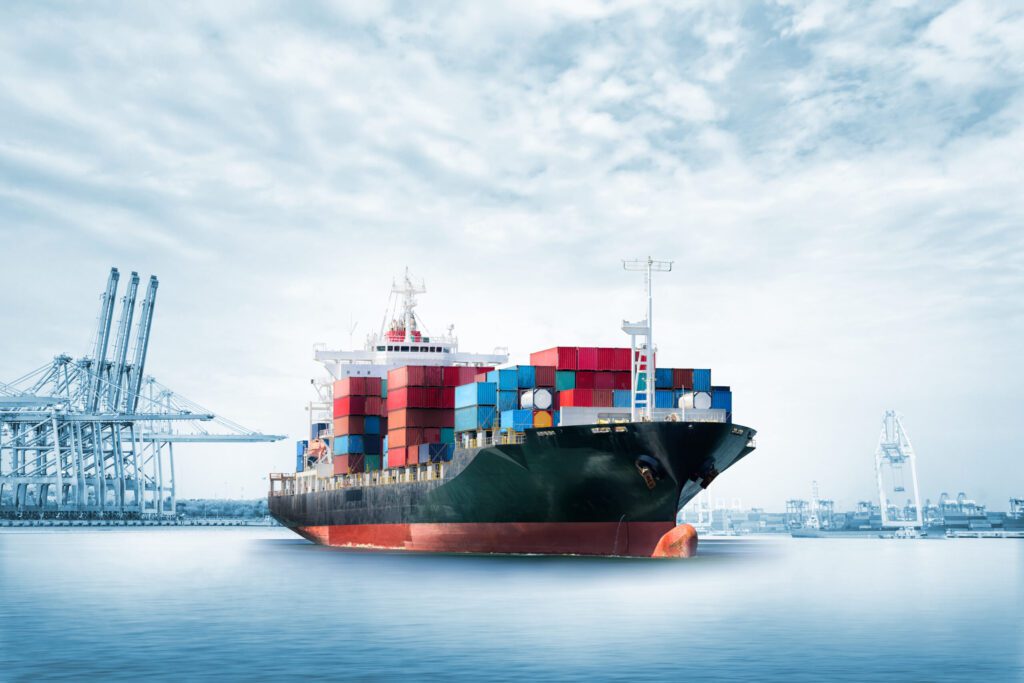The container shipping industry is heading into a prolonged period of overcapacity, with analysts warning that supply will continue to outpace demand until at least 2028.
Read also: Unexpected Early Peak in U.S. Container Import Volumes
According to Braemar’s latest Quarterly Container Fleet Statisticsa surge in new vessel orders and a sharp drop in scrapping activity are widening the supply-demand gap. The firm reports that 2.3 million TEU of new capacity was ordered in the first half of 2025, only slightly down from the record 3.8 million TEU ordered in the second half of 2024.
A growing trend in regional and sub-panamax vessel investment is also reshaping the orderbook. While large ship orders—those 14,000 TEU and above—remain active, smaller vessel orders have picked up sharply. In the first half of 2025 alone, 74 feeder and regional vessels (up to 4,000 TEU) were ordered, nearly matching the full-year total for 2024.
Despite aging fleets—32% of smaller ships are over 20 years old, a figure expected to rise to nearly 50% by 2030—demolition activity has stalled. Only 10 ships totaling 5,454 TEU were scrapped in H1 2025, down sharply from 48,600 TEU during the same period last year, according to Alphaliner.
Analysts attribute the slowdown in scrapping to strong freight and charter markets, bolstered by Cape of Good Hope reroutings and steady global cargo volumes. Shipowners are also cautious about shedding tonnage, having faced multiple disruptions in recent years—from the pandemic to Red Sea attacks—which revealed the value of maintaining surplus capacity.
Braemar estimates current vessel orders total 9.6 million TEU, about 30.5% of the active fleet as of July 1. With 3.3 million TEU set for delivery in 2028 alone and average annual fleet growth forecast at 7.3%, overcapacity will persist. Braemar’s analyst Jonathan Roach projects average overcapacity to reach 27% through 2028, with 18% forecast this year and 19% in 2026.
Looking ahead, Braemar expects container carriers’ earnings to bottom out in 2028, just as a wave of new vessels hits the water and Red Sea transits potentially resume. Roach warned that ongoing uncertainty will remain a key variable: “Unexpected developments will impact the global economy and have a knock-on impact on liner fortunes.”

